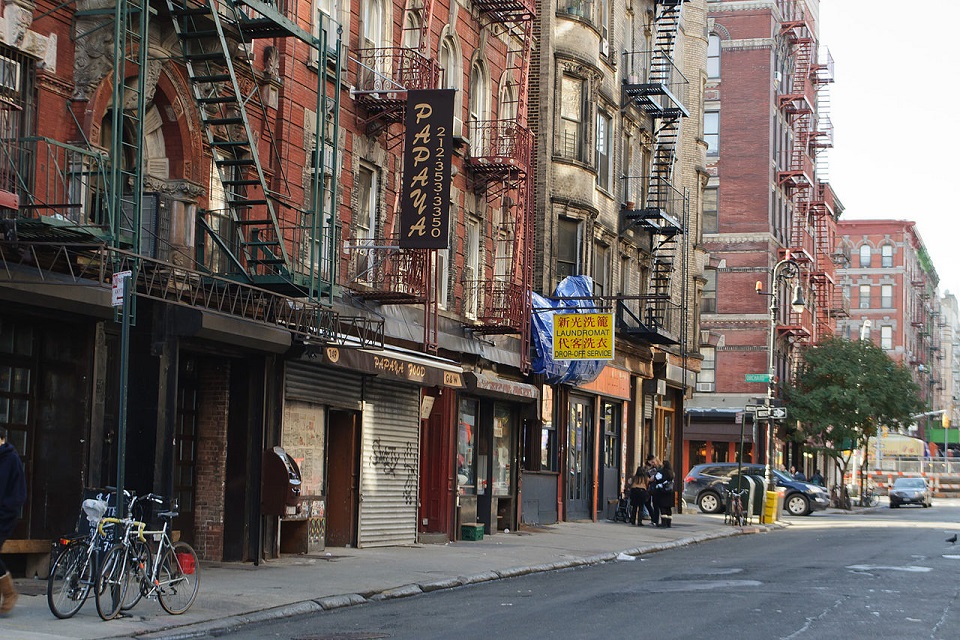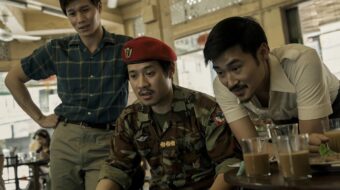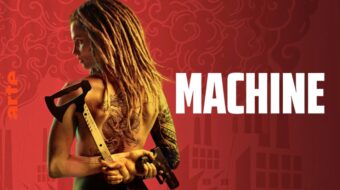
A good friend asked me to read his latest novel and, if I cared to, write something about it. I do care to.
The publishing world is such a difficult place these days. It’s almost impossible to get a respectable publisher to even look at your book much less accept it, and most writers don’t have an agent to lubricate their work through the door. No wonder so many writers resort to self-publishing, which can have its rewards, and also its perils (more on that below).
Even a book released by an established house won’t always get the number or quality of reviews it might deserve. Sales of two or three thousand are considered a success in many cases. If a publisher puts out 100 books in a year, they’re really only going to solidly get behind maybe four or five, with ads, advance publicity, author tour, etc. The rest are basically sink or swim. Maybe by some fluke, or by some prodigious, expensive efforts on the author’s part, one will sprint out of the pack.
A few years back I took a survey conducted by one of the two unions I belong to, the National Writers Union. It concerned self-published books. How many books, the questionnaire asked, have you actually sold—not counting those you gave away to family and friends?
The answer tallied up to a sobering number indeed: Seven!
The problem is that most writers have no idea how to market a book, nor have the resources to hire someone to do it professionally. They just want their book to exist somewhere out in the world. Though in the case of many of my fellow writers, “somewhere” exists in sealed cartons of books in their storage closet. Writers must rely on social media—and their friends—to get the word out.
That’s how I entered this particular story.
How two families merged

The book is Martin A. David’s About Two Families. Over the course of many years I had known something about the radical background of his family. His stories somehow became confounded in my recall, and I wasn’t clear that the social consciousness existed on both sides.
Martin had a certain advantage that I, for one, did not have. Years ago, after a distant cousin who’s a dedicated genealogist videotaped me for an entire afternoon to capture my personal and family memories, she concluded, saying, “You know, Eric, I have so much more material I could give you. You’re a writer. Why don’t you write the story of our family?”
“Judy”—I didn’t hesitate for a moment—“there is no family story there. We’re not the Bloomingdales or the Lehman Brothers or Wanamakers who created a great family empire. We’re simply a typical Jewish immigrant story with a few colorful anecdotes: humble origins, some who made out OK, most pursuing some kind of professional career, others who became the usual shlepers you get in any family, and fortunately—not that I know of, anyway—no mass murderers or high-flying scoundrels.”
Martin’s advantage is that with the two sides of his family owning legitimate claim to a history of protest and resistance going back to Tsarist times, he must have spent years thinking about the way those two families eventually converged to make up his own family tree. And that’s a story.
He tells it in loosely alternating episodes. One thread begins in Suvalk, Poland (Suwałki), with Avraham and Batsheva Rolnikovski, who are “already sort of married.” In other words, she’s with child. He informs her he’s going to America and when he earns enough money will send for her. A tale told by many a wandering philanderer, to be sure. But he does come through, and they wind up settling in Texas just as the oil boom is beginning. (Galveston was a smaller, but important port of entry for some Jewish immigrants.)
The other side of the family starts with Menachem and Bielka Kupiecki in Lodz (Łódź), also in Poland. Menachem is a merchant with a shop in the front room of his house. But he is also a passionate socialist and Polish nationalist. He has stockpiled a supply of rifles buried next to his house, which only his comrades know about, in the event of an uprising. And in his hidden basement there’s a room where false passports are created and political militants are educated. After a devastating Russian pogrom against the Jews, this family, too, emigrates, and soon finds themselves on New York’s Lower East Side.
Both families have children, of course, and the usual crises and life cycle events occur—premature birth, sickness, bullying and prejudice at school and work, assimilation, reunions with nearly forgotten family members, an oil rig explosion, marriages, grandkids, City College, the Depression, the advent of Nazism both in Europe and in America, joining the Communist Party—and there is one tragic accidental death. As the next generation comes of age, some continue running the shop, others seek to better the working class by becoming a lawyer or a union organizer, another is motivated to go to Spain and fight with the Abraham Lincoln Brigade. One daughter is an all-but-openly acknowledged lesbian. A son goes through an extended period of depression. There’s always something of a tug between traditional Jewish observance and modern, secular, socialist values.
Among the most moving passages of the novel is the story of how a boy is born in transit on an isolated stretch of road between Galveston and Houston. A Yaqui partera—a Native curandera—mystically appears almost out of nowhere and guides mother and child through the ordeal.
Another is the account of how the Texas family jump into their jalopy and wend their way through the South and Appalachia to the promised land of New York during the terrible Dust Bowl years. They encounter a kind of poverty they never saw back in their home countries, open racism, yet also decent honorable folks trying to scrape by. Many of those they meet on the road had never seen Jews before.
David writes with a mostly expository pen, as there’s a whole mosaic of family members to describe as the decades and the locales slip by. It’s a lot of detail to keep up with. Yet often enough he studs his book with little reflective gems that lyrically sum up a place, a mood and time:
“New York looked like a party—or at least parts of New York looked like a party. Money seemed to flow freely. The people who had money celebrated themselves for having money. The illegality of liquor made liquor more attractive. The joyous sensation of prosperity dictated a lifestyle of constant movement. The music never stopped—until it stopped. The frenetic scene, with his melodic jazz rhythms, bright lights, racing cars, and slang-bedecked language just barely covered the visible and hidden scars of a brutal world war and the equally brutal influenza pandemic that ran parallel to it. It was as if the pain that scorched the first years of the decade had to be buried in haste and one of the new mottos became, ‘Be happy—or else.’”
And David also punctuates his narrative with some of the political wisdom he inherited:
“Radicalism was part of his family history and genetics. However, the path to his new goal of becoming a crusading labor lawyer required a greater level of concentration. Hillel Moshe never lost sight of ‘The Cause,’ but he realized during his years in the real world that the cause was a hungry beast. There were, and probably always would be prisoners of injustice to be freed, starving strikers to be supported, and picket lines to be joined. They would have to wait until he was an attorney and could really help them. Meanwhile, his newly nurtured sense of discipline surprised even himself.”
One of the benefits of having your book accepted by an established publisher is the professional in-house copy editing that—at least once upon a time—was part of the deal. Alas, readers these days find the most egregious typos, punctuation and factual lapses even in editions from the most prestigious houses. With self-publishing it’s hit or miss. Some writers dot all their i’s and jot all their t’s, but axiomatically, it’s always wise for every writer to get one or two sets of experienced eyes to review their manuscripts before going to print. I’m sorry to report this peril is all too much in evidence in David’s otherwise enchanting book. And when he renders Yiddish expressions into transliteration, his best intentions are often thwarted by inconsistency, Germanic influence (ist instead of iz, und instead of un) and unconventional spelling. Maybe in a second edition he’ll be able to correct these.
But, to be honest, those are the kinds of mistakes that many readers don’t notice or care about, and won’t interrupt their attention. Martin has tackled a difficult project, condensing and making sense of not one but two family sagas and fusing them into a moving, life-affirming tale that to this day continues to add new chapters.
Martin A. David
About Two Families
Trenton, Ga.: BookLocker, 2022
158 pp.
Print ISBN: 979-8-88531-280-6
Ebook ISBN: 979-8-88531-281-3
We hope you appreciated this article. At People’s World, we believe news and information should be free and accessible to all, but we need your help. Our journalism is free of corporate influence and paywalls because we are totally reader-supported. Only you, our readers and supporters, make this possible. If you enjoy reading People’s World and the stories we bring you, please support our work by donating or becoming a monthly sustainer today. Thank you!












Comments